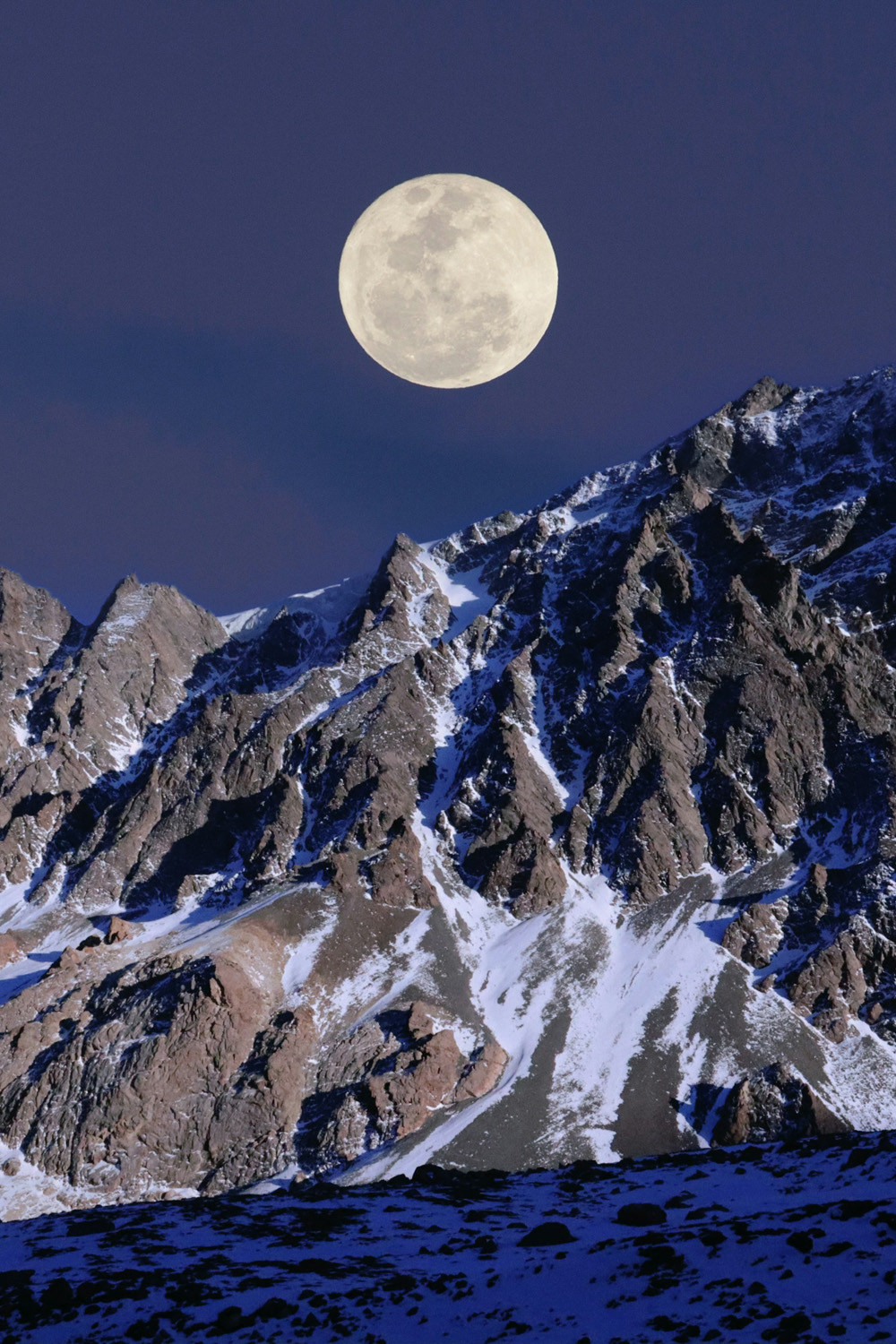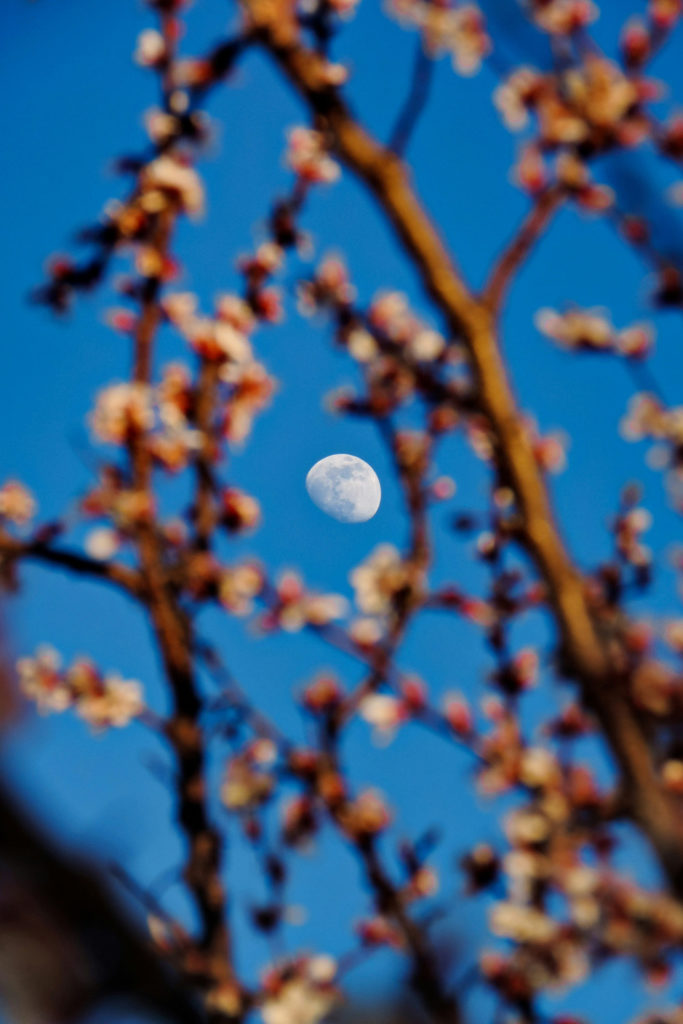
The Snow Moon Will Shine In The Sky Tonight
By
2 months ago
The full moon is always imbued with meaning; here’s the significance of tonight’s
It may be a gloomy day, but keep your eyes on the night sky to spot the second full moon of the year. Here’s the meaning behind the Snow Moon.
Tonight’s Full Moon: The Snow Moon
On average, there are 12 full moons every year, with the moon taking 29.5 days to complete a full cycle, from new moon to waning crescent. These full moons have been chronicled across the globe throughout history, but are perhaps best known for their relevance to Native American tribes who hunted, farmed and harvested under moonlight and tracked the progress of the seasons and the year through moons.
February’s full moon is called the Snow Moon after this Native American tradition, named for the frequent snowfall in the northern hemisphere at this time of the year – and 2025 is no different in the US especially. That said, the Snow Moon is also known as the Storm Moon or the Hungry Moon, tying the full moon once again to tumultuous weather patterns and scarce food sources.
When Is The Best Time To See It?
Moonrise will take place at 5.03pm on Wednesday 12 February 2025, followed by sunset at 5.11pm. The full moon will shine all night long, setting at 7.53am on Thursday 13 February – however it’s expected to be cloudy and cold with brisk winds, so do wrap up warm if you plan on heading out into the cold, and don’t pin your hopes on seeing it.
As the moon wanes once more, it’ll still appear relatively full in the sky for a few days – so if you take a romantic evening stroll on Valentine’s Day, a shiny moon will still be your companion.
When Is The Next Full Moon?
After the Snow Moon, the next full moon will arrive on Friday 14 March 2025, appealingly nicknamed the Worm Moon after the pink wriggly insects burrowing through newly thawed soils as the winter transitions into spring. Selenephiles should take note: a partial lunar eclipse will also take place on 14 March, with the moon taking on a reddish hue at around 6.19am.







